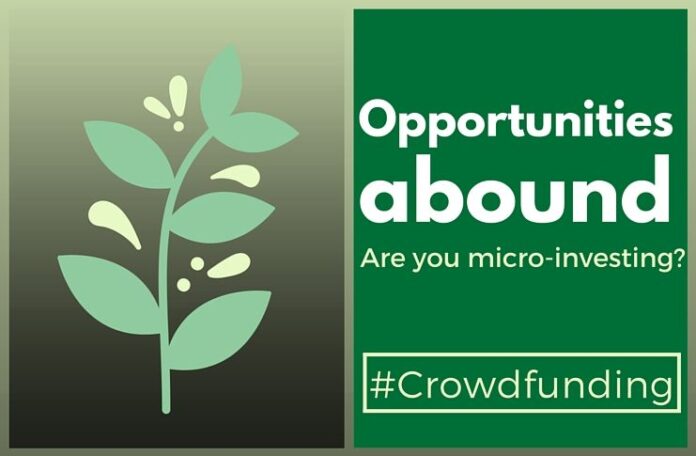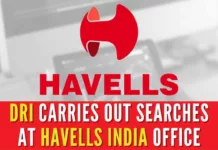
About crowdfunding
[dropcap color=”#008040″ boxed=”yes” boxed_radius=”8px” class=”” id=””]I[/dropcap]n a previous post, the concept of Crowdfunding along the lines of what is being suggested by the United States Securities and Exchange Commission was discussed. This post takes one step further and expands on the concept of Crowdfunding.
When we talk about Crowdfunding (or Crowdsourcing), one of the first names that comes to mind is Kiva. Kiva Microfunds is an online platform that connects lenders and borrowers. Lenders can lend $25 to any borrower listed on kiva.org. Kiva is a crowdfunding platform dedicated to microfinance. Since its inception in 2005 it has lent about $812 million to more than 1.8 million borrowers. The repayment rate is an amazing 98.4%! It operates through field partners and has a presence in 83 countries. Kiva is an experiment in the social lending model in crowdfunding. Other models such as peer to peer lending or equity crowdfunding promises return on investment to the lender while the social or community driven models are more altruistic in nature.
Current funding models in microfinance
While crowdfunding is an emerging concept, conventional sources of funding include debt, equity and deposits from borrowers. The Indian microfinance industry faces regulatory restrictions on acceptance of deposits for Non-Banking Finance Companies-Micro Finance Institution (NBFC MFI) hence accounting for a small portion of all funding sources in the Indian context. The funding pattern today is a mix of bank debt, institutional debt and venture capital along with promoter equity. Successive governments have unleashed a slew of measures to widen the access for capital in the microfinance segment. The latest is MUDRA (Micro Unit Development and Refinance Agency) Limited, which seeks to refinance microfinance institutions and last mile credit deliverers.
Need for funds in microfinance
[dropcap color=”#008040″ boxed=”yes” boxed_radius=”8px” class=”” id=””]I[/dropcap]ndia is one of the fastest growing markets for microfinance and considering that about 650 million adults lack access to any formal source of finance the potential for growth seems enormous. Predictions ranging from a threefold to a tenfold growth in this industry points to the immense growth potential. Indian microfinance market is predicted to stand at $250 billion by 2018.
Can the rapidly expanding microfinance market in India do with conventional debt and equity funding alone? There is no simple answer to this question. The fact that money lenders service a significant proportion of credit requirement for the unorganized segment in India clearly indicates that structured funding arrangements alone cannot do the trick.
We could then go forth and suggest that money can be aggregated and allocated through a crowdfunding platform. The benefits of crowdfunding are quite obvious- they provide ready access to funds, enable participation from smaller entities and gives diversification avenues for investors. But several risk factors need to be addressed before India gets ready for a crowdfunding experiment in general and more specifically, in microfinance. The meltdown of the Indian microfinance that happened in 2009 and the infamous suicide episodes in Andhra Pradesh cast a ”loan shark” shadow on the industry. However several measures that were enforced subsequently such as cap on number of loans per borrower have made microfinance a more regulated industry today.
How crowdfunding could work for India
[dropcap color=”#008040″ boxed=”yes” boxed_radius=”8px” class=”” id=””]S[/dropcap]ome of the key risk factors that need to be addressed before embarking on crowdfunding are as follows:
-
Transfer of risk from Institutions to Individuals- Since risk is transferred from institutional lenders to individuals, it is fair to presume that this class of lenders will have low tolerance for risk.
-
Risk of default compounded by absence of collateral- Hence lenders cannot recover their money by liquidating assets
-
Risk of fraud- Anecdotes abound on the frauds conducted on massive scale wiping out savings of several unsuspecting investors
-
Information asymmetry-since most of the information is only available online and the borrowers are scattered geographically, information may be available to some people but not others
-
Absence of physical infrastructure- internet as the sole medium for large scale financial transactions increases the risk in the transactions
-
Exit options- Unless there are standard credit instruments liquidation becomes difficult
While the prospect of getting lenders and borrowers together opens up new frontiers for small players, some risk mitigation measures would create a robust eco system for crowdfunding.
Investor protection in crowdfunding as it stands today, is focused on the definition of eligible investors. The following recommendations for investors are prescribed in the consultation paper on the subject issued by The Securities and Exchange Board of India (SEBI) in July 2014.
-
These class of investors are expected to take the help of advisory service.
-
Ceiling of minimum income requirements (Rs.10 lakhs ($15,000) per annum) is prescribed
-
Exposure to investment is capped at 10% of total income
-
Restrictions are also recommended for exposure to individual investment (not exceeding Rs.60, 000 ($883)in an issue)
[dropcap color=”#008040″ boxed=”yes” boxed_radius=”8px” class=”” id=””]D[/dropcap]ue diligence on borrowers is key to sustainable operations. The absence of collateral, structured borrowing instruments and the relative anonymity in the online space makes it a very challenging task to monitor borrowers. While the element of high risk is undeniable in the crowdfunding space, technology needs to be put to use to upload real time information on borrowers’ financial status. Some progress has already been achieved in capturing information relating to MFI. An example of such a database is Mixmarket.org. Data pertaining to MFI is available and the quality of data is also disclosed in the site. Collaborations with such data providers will prove useful in capturing information of borrowers and disseminating it in real time to investors.
Creation of a special regulation authority, effective monitoring of borrowers and creating strict compliance norms can be the important next steps in creating crowdfunding platforms in India.
Note:
1. The conversion rate used in this article is 1 USD = 67.90 Rupees.
2. Text in Blue points to additional data on the topic.
- Part 3: Cashless India – distant dream distinct reality - September 27, 2017
- Part 2: Cashless India-A distant dream or distinct reality? - September 24, 2017
- Part 1: Cashless India-A distant dream or distinct reality? - September 21, 2017










